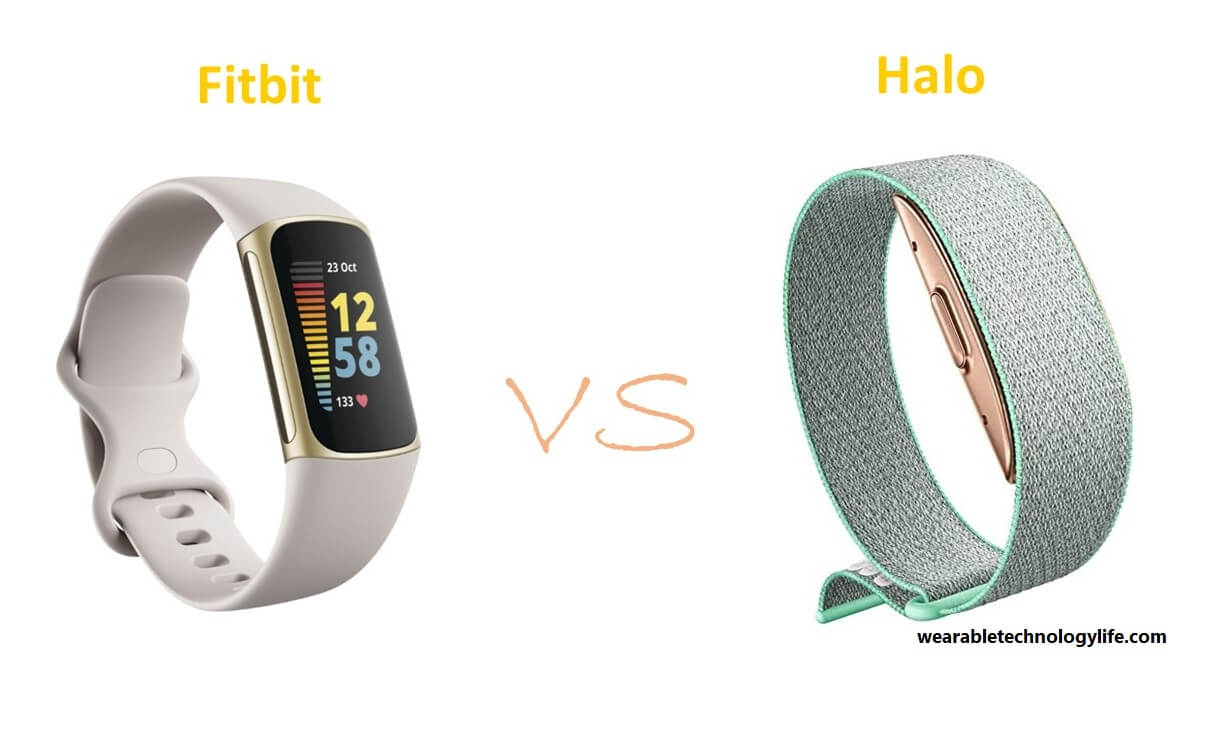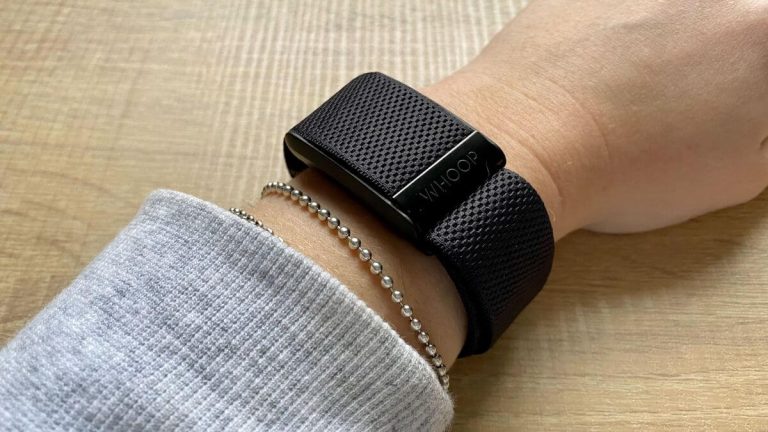Fitbit vs Halo (The Actual Differences)
Fitness trackers have become increasingly popular in recent years as people become more conscious of their health and wellness. Two of the most popular fitness trackers today are the Fitbit and Amazon Halo.
These devices offer an easy and convenient way to track various aspects of one’s fitness, including activity levels, sleep patterns, and heart rate.
Fitbit is a well-known brand in the fitness tracking industry, offering a range of devices that track steps, distance, calories burned, heart rate, and more. The company’s products are designed to help users achieve their fitness goals by providing detailed insights into their daily activity levels and progress over time.
Fitbit’s app provides users with easy-to-read graphs and charts that show their progress and allow them to set goals for themselves.
Halo, on the other hand, is a newer player in the fitness tracking market. Developed by Amazon, the device offers many of the same features as Fitbit, including step tracking, heart rate monitoring, and sleep tracking.
However, Halo goes beyond traditional fitness tracking by offering additional health and wellness features, such as stress monitoring, guided meditations, and even a body fat scanner.
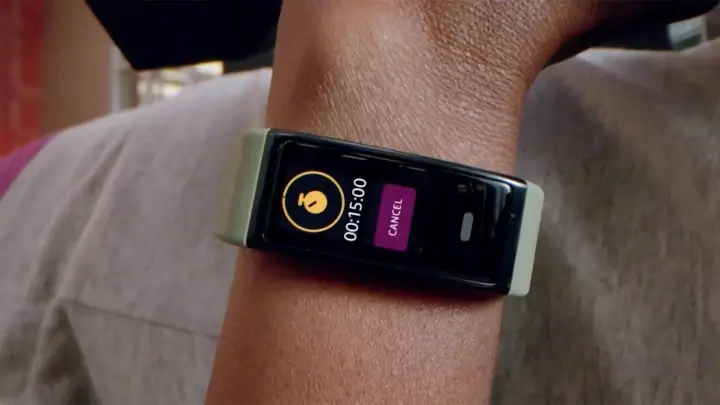
In this review, I will compare and contrast the features and capabilities of Fitbit and Halo to help you decide which device is right for you.
I will explore the design and hardware of each device, the fitness tracking and health and wellness features they offer, the app and user experience, battery life and charging capabilities, as well as the price and overall value of each device.
By the end of this post, you will have a better understanding of these two popular fitness trackers and be able to make an informed decision about which one to choose.
Fitbit Vs Halo
Differences in Design and Hardware
Let us take a closer look at the design and hardware of the Fitbit and Halo fitness trackers. Both devices are wearable and come in a variety of styles, including bands and clips that can be attached to clothing.
Fitbit devices have a signature look and are easily recognizable with their square screens and metal or plastic bands. The company offers a range of designs to suit different preferences, from the more basic Inspire and Charge models to the more advanced Sense and Versa models.
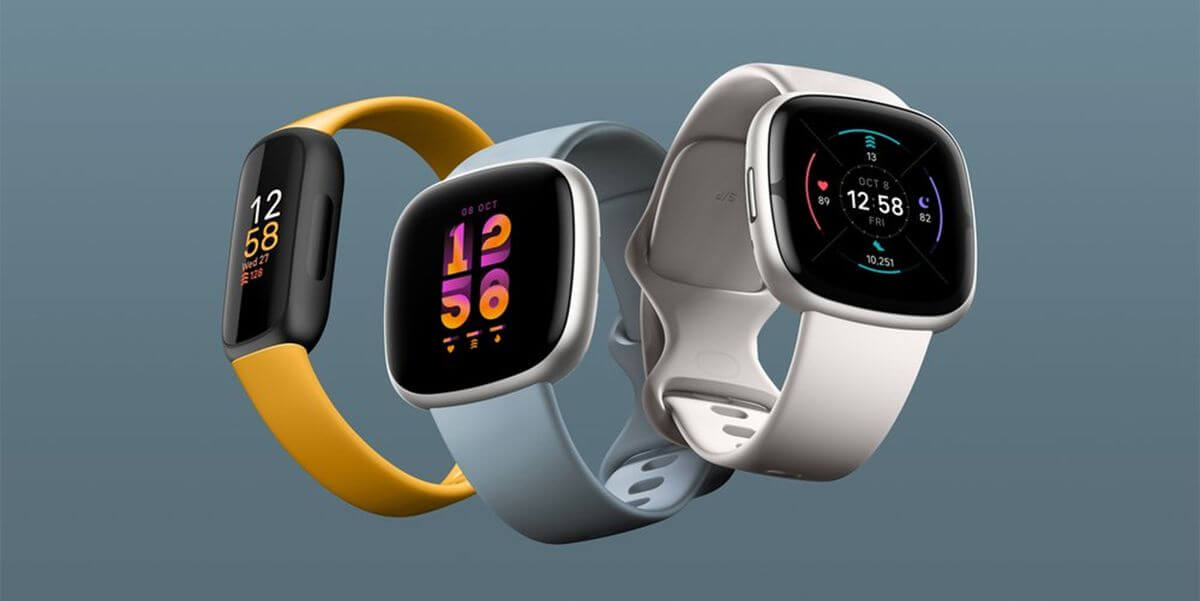
Fitbit’s devices are generally lightweight and comfortable to wear, with bands that are easily interchangeable.
Halo, on the other hand, has a more minimalist design. The device is a small disc that can be worn on a band or clipped onto clothing. The disc has no screen, but instead uses an LED light to indicate different modes and functions.
The device has a sleek and modern look, and the lack of a screen makes it discreet and less obtrusive.
When it comes to hardware features, both Fitbit and Halo offer a range of sensors and other components to track various aspects of fitness and health.
Fitbit devices typically include an accelerometer to measure movement and steps, a heart rate monitor, and GPS (in select models). Some devices also offer SpO2 monitoring for blood oxygen levels, as well as skin temperature sensors to track changes in body temperature.
Halo also includes a heart rate monitor and accelerometer for tracking movement and steps. However, in addition to these basic sensors, the device also features two unique sensors: a skin temperature sensor and a microphone.
The skin temperature sensor can be used to track changes in body temperature, while the microphone can be used to analyze the tone and intensity of a user’s voice to provide insights into their emotional state.
Differences in Fitness Tracking Features
Let us compare and contrast the fitness tracking features of Fitbit vs Halo. Both devices offer a range of features designed to help users track their activity levels, monitor their heart rate, and get insights into their fitness progress over time.
Starting with step tracking, both Fitbit and Halo use accelerometers to track movement and count steps. Fitbit devices also offer more advanced features, such as hourly activity tracking and personalized step goals, which can help motivate users to be more active throughout the day.
Some Fitbit models also have built-in GPS, which can track outdoor workouts and provide more accurate distance measurements.
When it comes to heart rate monitoring, both Fitbit and Halo use optical sensors to track heart rate. Fitbit’s sensors have been praised for their accuracy, especially during workouts.
Additionally, some Fitbit models offer continuous heart rate monitoring throughout the day, allowing users to track their resting heart rate and see how their heart rate responds to different activities and stressors.
Sleep tracking is another important feature of fitness trackers, and both Fitbit and Halo offer this feature. Fitbit devices use a combination of motion and heart rate data to track sleep stages, including light, deep, and REM sleep.
Users can see how long they spend in each stage and get insights into the quality of their sleep. Halo uses similar technology to track sleep, but also offers a feature called Sleep Score, which rates the quality of a user’s sleep on a scale of 1 to 100 based on factors such as sleep duration, consistency, and deep sleep.
Exercise tracking is another important feature of fitness trackers, and both Fitbit and Halo offer this feature as well. Fitbit devices allow users to track a variety of workouts, including running, swimming, and cycling, and provide detailed data on their performance, such as distance, pace, and calories burned.
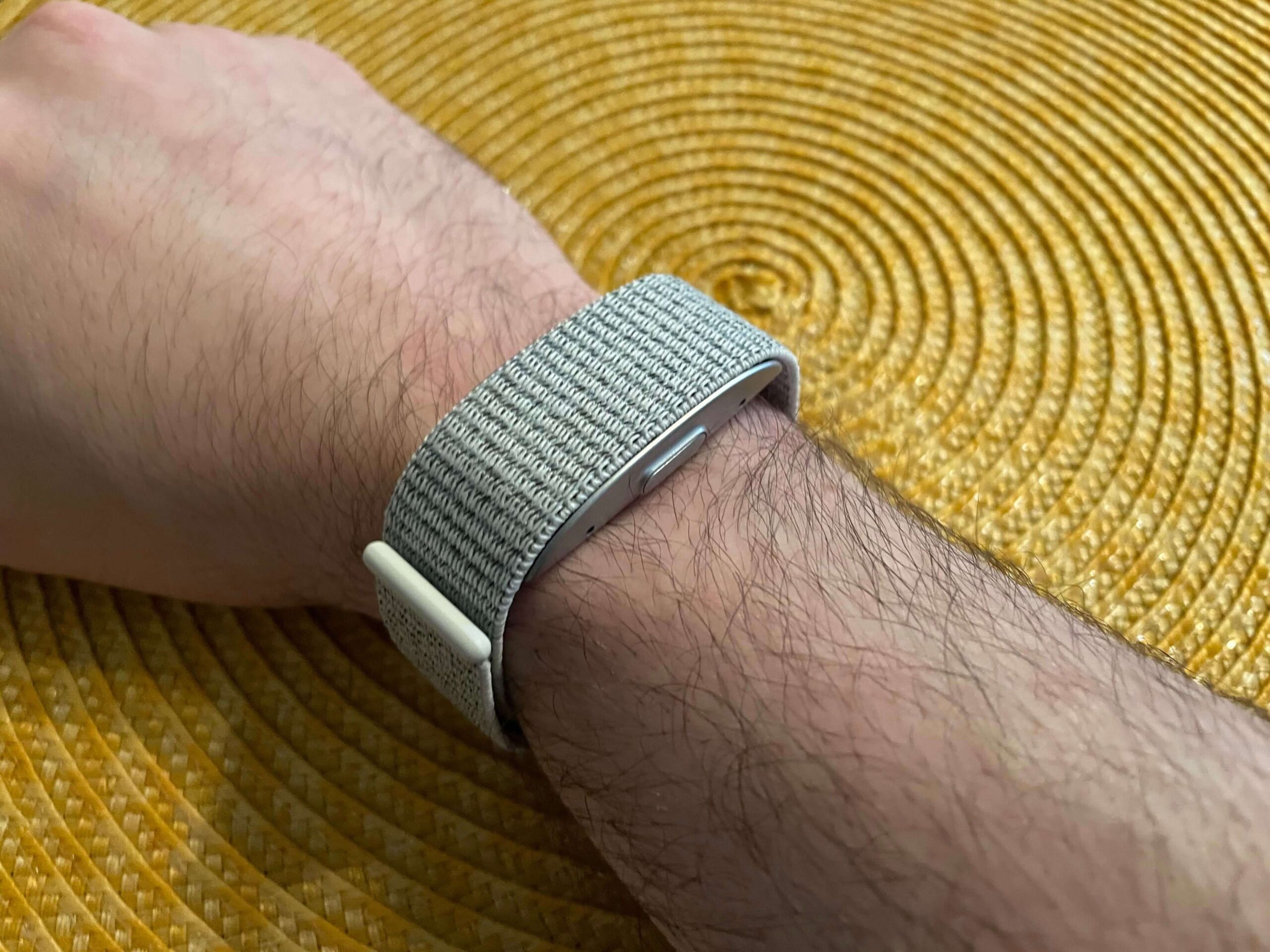
Halo, on the other hand, offers a feature called Movement Health, which tracks the quality of a user’s movement during different activities and provides recommendations on how to improve movement quality over time.
Differences in Health and Wellness Features
In addition to fitness tracking, both Fitbit and Halo offer a range of health and wellness features to help users monitor their overall well-being. These features include stress management tools, meditation guidance, and menstrual cycle tracking, among others.
Starting with stress management, both Fitbit and Halo offer features designed to help users manage stress and anxiety. Fitbit devices include a feature called Relax, which guides users through a breathing exercise to help reduce stress levels.
The app also provides insights into users’ stress levels throughout the day based on their heart rate variability. Halo, on the other hand, offers a feature called Tone, which uses the device’s microphone to analyze the tone and intensity of a user’s voice to provide insights into their emotional state and stress levels.
Meditation guidance is another feature offered by both Fitbit and Halo. Fitbit devices include guided breathing exercises and meditations, as well as the ability to track mindfulness minutes throughout the day.
Halo, on the other hand, offers a feature called Mindful Minutes, which tracks the time spent practicing meditation and provides insights into the user’s progress over time.
Menstrual cycle tracking is another important health feature offered by both Fitbit and Halo. Fitbit devices allow users to track their menstrual cycle and provide insights into their fertility and reproductive health.
Users can also log symptoms and moods related to their menstrual cycle. Halo offers a similar feature, called Cycle Tracking, which allows users to log their menstrual cycle and track symptoms and moods.
Sleep tracking is also an important health feature offered by both Fitbit and Halo. In addition to tracking sleep stages, as discussed in the previous section, both devices offer features designed to help users improve their sleep quality.
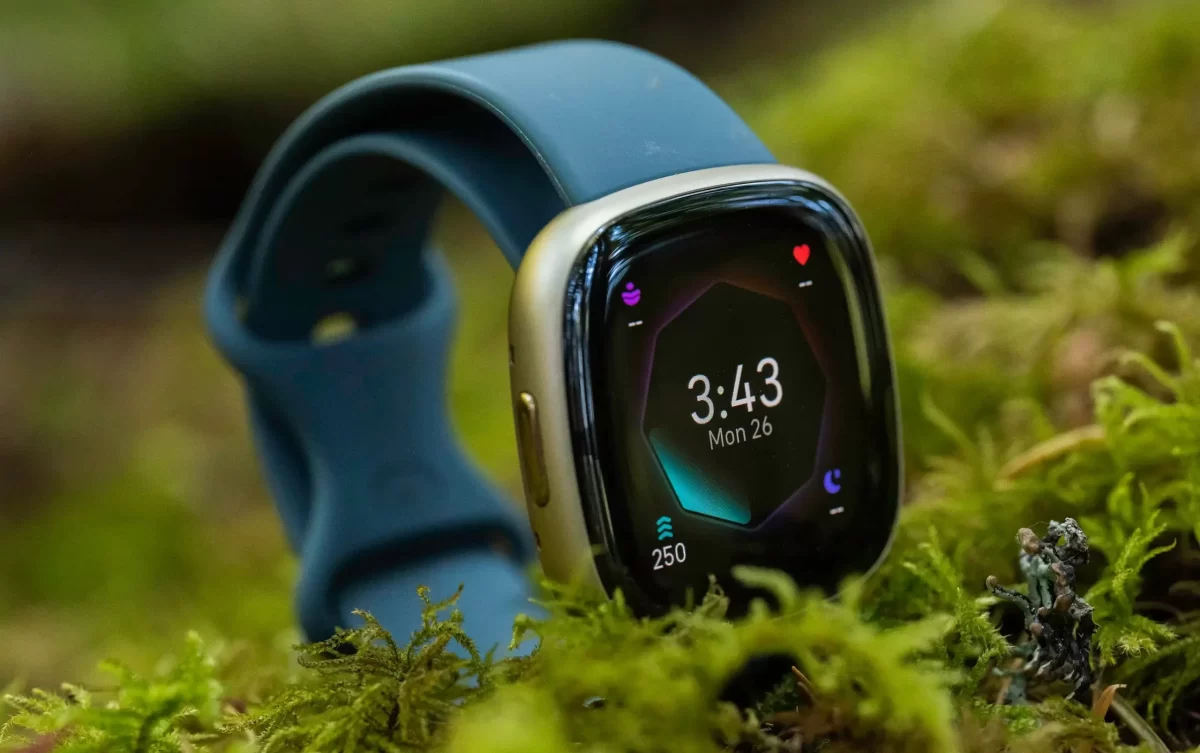
Fitbit devices include a feature called Sleep Score, which rates the quality of a user’s sleep based on factors such as duration, consistency, and deep sleep. The app also provides personalized insights and tips for improving sleep.
Halo offers a feature called Sleep Stages, which tracks sleep stages and provides insights into sleep quality, as well as a feature called Smart Wake, which uses the device’s accelerometer to wake users up at the optimal time based on their sleep cycle.
Halo offers a feature called Body Composition, which uses the device’s skin temperature sensor to provide insights into body fat percentage, as well as a feature called Heart Health, which uses the device’s heart rate monitor to track heart health over time.
Differences in App and User Experience
The Fitbit and Halo devices are only as good as the accompanying apps that provide users with insights and analysis of the data collected. Both apps have undergone several updates to improve the user experience, and it’s worth examining the differences and similarities.
The Fitbit app has a straightforward and easy-to-use interface that displays all the relevant data on the home screen. The app allows users to set goals and track progress, and the insights provided are customizable to each individual.
Users can also participate in various challenges, including step challenges, and join groups to encourage motivation and accountability. The Fitbit app also syncs with other fitness apps such as MyFitnessPal and Apple Health, allowing users to easily track their nutrition and other metrics.
Halo has a more minimalistic approach to the app’s design. The interface is clean and simple, with only essential information displayed on the home screen. The app has a feature called “daily dashboard” that provides insights into a user’s sleep, activity, and heart rate.
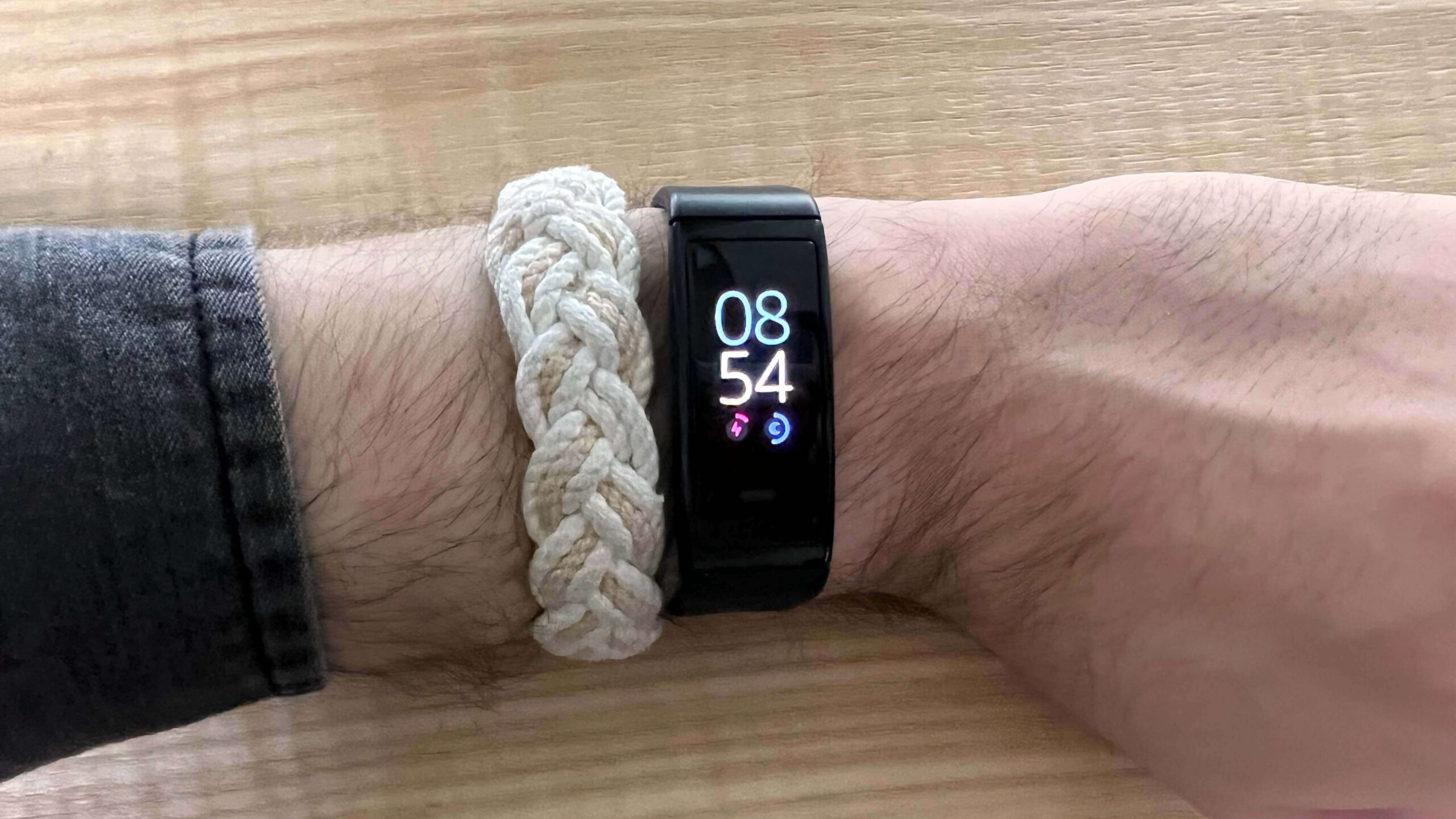
Halo also offers a 3D body model that provides users with a visual representation of their body composition, which is updated over time. The app also offers a social aspect where users can add friends and share their progress with each other.
Both apps offer personalized insights based on the data collected from the device. Fitbit provides a comprehensive overview of a user’s daily activity, sleep, and nutrition. It also offers insights on the user’s heart rate and stress levels.
Fitbit also offers a premium subscription that provides users with personalized coaching, deeper insights, and guided workouts. The premium subscription also includes access to mindfulness and meditation sessions.
Halo also offers personalized insights based on a user’s activity, sleep, and heart rate data. The app provides users with recommendations on how to improve their overall health and wellness based on the data collected.
Halo also has a premium subscription called Halo Complete that provides users with access to a personal health coach. The health coach provides users with personalized recommendations based on their goals, preferences, and activity data.
In terms of accuracy, both devices have improved over time, and the apps have become more accurate in tracking data. Fitbit has been in the market for much longer and has had more time to refine its algorithms. Halo, on the other hand, uses a combination of sensors and machine learning to improve accuracy over time.
Differences in Battery Life and Charging
Battery life and charging are important considerations when choosing a fitness tracker. Both Fitbit and Halo offer devices with different battery life and charging capabilities.
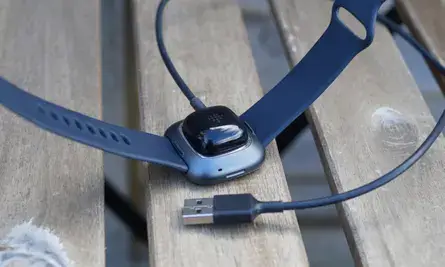
Fitbit devices typically have a battery life that lasts anywhere from four to seven days, depending on the model and usage. The battery life of Fitbit devices can be extended by turning off certain features, such as always-on display and notifications.
Fitbit devices are charged using a proprietary charging cable that comes with the device. The charging time varies depending on the device and can take anywhere from one to two hours.
Halo, on the other hand, offers a device with a battery life that lasts up to seven days on a single charge. The device can be charged using a proprietary charging dock that comes with the device. The charging time for Halo is faster than Fitbit, taking only 90 minutes to fully charge.
When it comes to battery life and charging, both Fitbit and Halo offer devices with similar battery life. However, Halo’s charging time is faster than Fitbit, which may be an advantage for those who need to charge their device quickly.
It’s worth noting that both Fitbit and Halo devices can also be charged using third-party charging cables and docks, as long as they are compatible with the device. This can be a convenient option for users who want to have multiple charging options or who have lost or damaged their original charging cable.
Differences in Price and Value
Price and value are important factors to consider when choosing a fitness tracker. Fitbit and Halo offer devices at different price points, with different features and capabilities.
Fitbit devices range in price from around $70 to $300, depending on the model and features. The more expensive models offer additional features such as built-in GPS, music storage, and contactless payments.
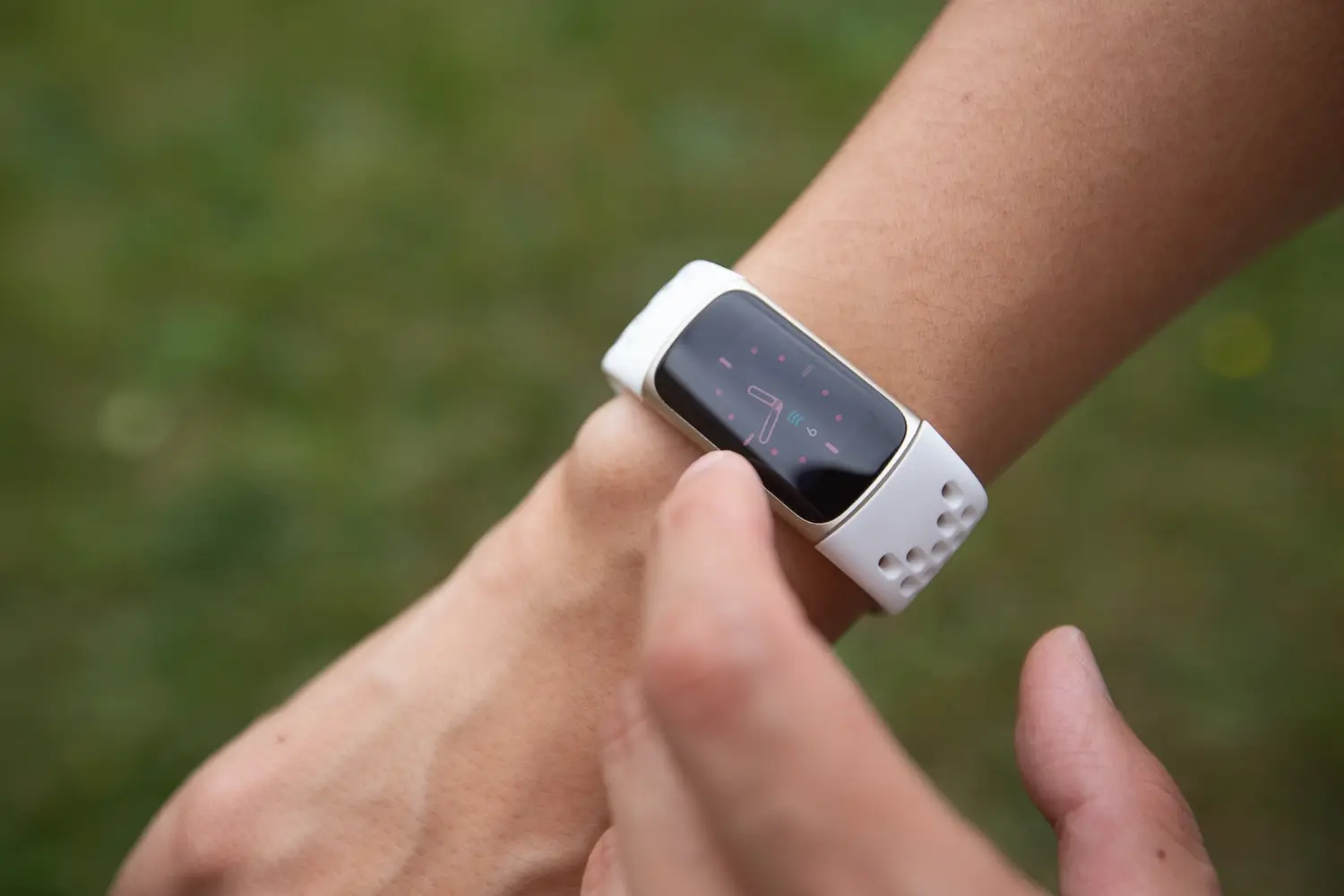
Fitbit also offers a subscription service called Fitbit Premium, which provides access to additional features such as personalized coaching and guided workouts.
Halo, on the other hand, offers a single device priced at $99.99. While the device doesn’t offer as many features as some of the more expensive Fitbit models, it does offer unique capabilities such as body composition analysis and voice-activated workouts.
Halo also offers a subscription service called Halo Membership, which provides additional features such as personalized nutrition recommendations and sleep tools.
When considering price and value, it’s important to think about what features and capabilities are most important to you. While Fitbit offers more expensive models with additional features, some users may find that the features offered by Halo, such as body composition analysis, are more valuable to them.
It’s also important to consider the ongoing cost of owning a fitness tracker. Fitbit’s subscription service, Fitbit Premium, costs $9.99 per month or $79.99 per year. Halo’s subscription service, Halo Membership, costs $3.99 per month or $39.99 per year.
While these costs may seem small, they can add up over time and should be taken into account when considering the overall cost and value of a fitness tracker.
Closing Remarks
Choosing between Fitbit and Halo depends on what features and capabilities are most important to the user. Both fitness trackers offer a range of features and capabilities, but they differ in design, hardware, fitness tracking, health and wellness features, app and user experience, battery life and charging, and price and value.
Fitbit is a more established brand and offers a wider range of devices with various features and capabilities, including built-in GPS, music storage, and contactless payments. The Fitbit app also offers access to a subscription service called Fitbit Premium, which provides additional features such as personalized coaching and guided workouts.
Halo, on the other hand, offers a single device with unique capabilities such as body composition analysis and voice-activated workouts. The Halo app also offers access to a subscription service called Halo Membership, which provides additional features such as personalized nutrition recommendations and sleep tools.
Ultimately, the decision between Fitbit and Halo depends on the user’s needs and preferences. Users who prioritize traditional fitness tracking features such as step counting and heart rate monitoring may prefer a Fitbit device, while users who prioritize unique features such as body composition analysis may prefer a Halo device.
Regardless of which fitness tracker is chosen, both Fitbit and Halo offer devices that can help users track their fitness and wellness goals and improve their overall health.

